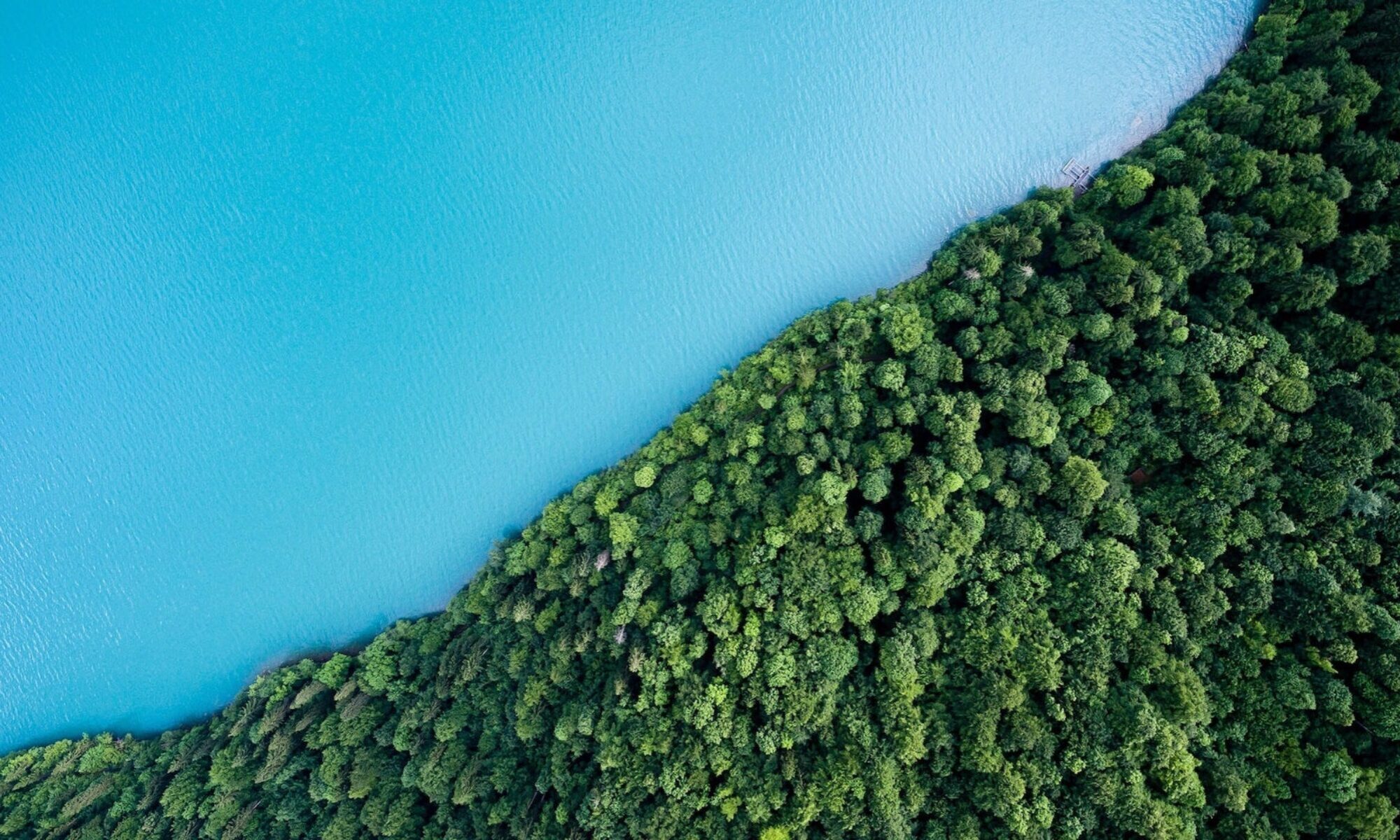3 August 2022 – by Ottoline Mary
As a low-lying country centred around a large delta plain, the geography of Bangladesh makes it particularly vulnerable to extreme weather events, which are exacerbated by global warming. The Climate Reality Project estimates that by 2050, one in every seven people in the country will have been displaced by climate-related disasters. Already, more than ten million Bangladeshis have lost their livelihoods to floods, and have been forced to relocate to other regions.
Most of them seek refuge in Dhaka, hoping for job opportunities. But the capital has become so overpopulated that the government is now encouraging the economic development of alternative destinations for climate migrants. This strategy, labelled “transformative adaptation”, is based on the work of Professor Saleemul Huq, director of the International Centre for Climate Change and Development (Dhaka). The goal is to “divert people to smaller urban centres with the capacity to expand and, crucially, jobs to sustain a rapidly growing workforce”.
Amongst them, one city stands out: the South-Western seaport of Mongla, where, in recent years, tens of thousands of dollars have been invested in climate-resilient infrastructure and in export processing industries. In addition, the government monitors the social inclusion of the city’s new residents – including in the field of education, through a dialogue with local schools and universities.
Mongla is currently celebrated for its uniqueness, but is designed as a prototype for future climate-resilient cities in Bangladesh and beyond. This type of initiative brings hope for forcibly displaced populations throughout the Global South, yet the situation remains extremely precarious, and the fight for climate justice is more urgent than ever.



